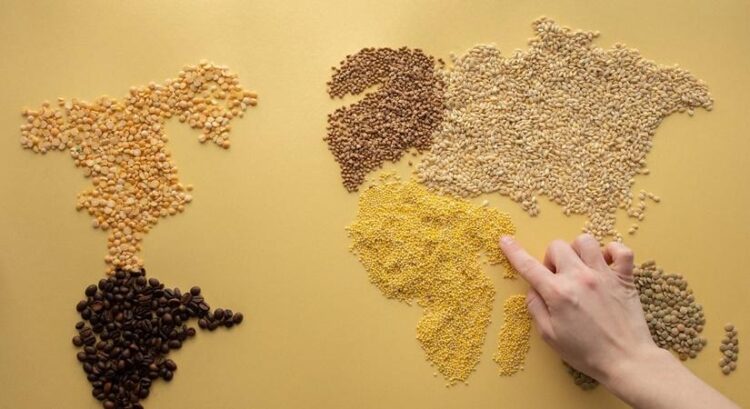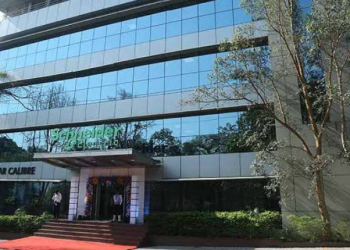New Delhi: India is going all out to celebrate 2023 as the International Year of Millets as declared by the United Nations General Assembly.
To promote shipment of nutri-cereals, the India’s Commerce and Industry Ministry, through its apex agricultural export promotion body, Agricultural and Processed Food Products Export Development Authority (APEDA), has prepared a comprehensive strategy to promote Indian millets exports across the globe, commencing December 2022.
For exports of Indian millets, the Indian government has planned to facilitate participation of exporters, farmers and traders in 16 international trade expos and Buyer Seller Meets (BSMs).
As per the government’s robust strategy, Indian missions abroad would be roped in branding and publicity of Indian millets, identification of international chefs as well as potential buyers such as departmental stores, supermarkets and hypermarkets for organising B2B meetings and direct tie-ups.
In addition, Ambassadors of Foreign missions in India of the targeted countries and potential importers would also be invited to showcase various millet-based products, including Ready to Eat millet products and facilitate B2B meetings.
The APEDA has planned to organise millet promotional activities in South Africa, Dubai, Japan, South Korea, Indonesia, Saudi Arabia, Sydney, Belgium, Germany, the UK and the US by facilitating participation of different stakeholders from India in some of the significant food shows, Buyer Seller Meets and roadshows.
As part of the promotion of Indian millets, APEDA has planned to showcase millets and its value-added product at various global platforms such as Gulfood2023, Foodex, Seoul Food & Hotel Show, Saudi Agro Food, Fine Food Show in Sydney (Australia), Belgium’s Food & Beverages Show, Germany’s BioFach and Anuga Food Fair, San Francisco’s Winter Fancy Food Show among other places.
India is one of the leading producers of millets in the world with an estimated share of around 41 per cent in the global production. As per FAO, world production of millets in the year 2020 was 30.464 million metric tonnes (MMT) and India’s share was 12.49 MMT, which accounts for 41 per cent of the total millet production. India recorded 27 per cent growth in millet production in 2021-22 as compared to millet production in the previous year was 15.92 MMT.
India’s top five millet producing states are Rajasthan, Maharashtra, Karnataka, Gujarat and Madhya Pradesh. Share of export of millets is nearly 1 per cent of the total millet production. Exports of millets from India include mainly whole grain.
It is estimated that the millets market is set to grow from its current market value of more than USD 9 billion to over USD 12 billion by 2025.
For promotion of Indian millets and its value-added products, the Indian government has developed 30 e-Catalogues on each of the targeted countries comprising information on various Indian millets and range of their value-added products available for export, list of active exporters, start-ups, FPOs and importer/retail chain/hyper markets, that to be circulated to the Indian Embassy abroad, importers, exporters, start-ups and stakeholders.
The Indian government is also mobilising start-ups for export promotion of value-added products in the Ready to Eat (RTE) and Ready to Serve (RTS) category such as noodles, pasta, breakfast cereals mix, biscuits, cookies, snacks, sweets among others.
Major international retail supermarkets like Lulu group, Carrefour, Al Jazira, Al Maya and Walmart would also be roped in to establish millet corner for branding and promotion of millets.
The Indian government has also started formulating five-year strategic plan for the promotion of millets and value-added millet products in the international market in association with ICAR-Indian Institute of Millets Research (IIMR), Hyderabad, ICMR-National Institute of Nutrition, Hyderabad, CSIR-Central Food Technological Research Institute (CFTRI), Mysore and Farmer Producer Organizations (FPOs).
India has created the Nutri Cereals Export Promotion Forum to give impetus to the export of potential products, including millets, and to remove the bottlenecks in the supply chain of Nutri cereals.
Millets have superior nutritional values in comparison to highly consumed cereals such as rice and wheat. Millets are rich in calcium, iron, and fibres that help in fortifying essential nutrients for the healthy growth in children. Also, the usage of millets in infant food and nutrition products is increasing.
(IANS)




















